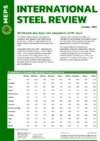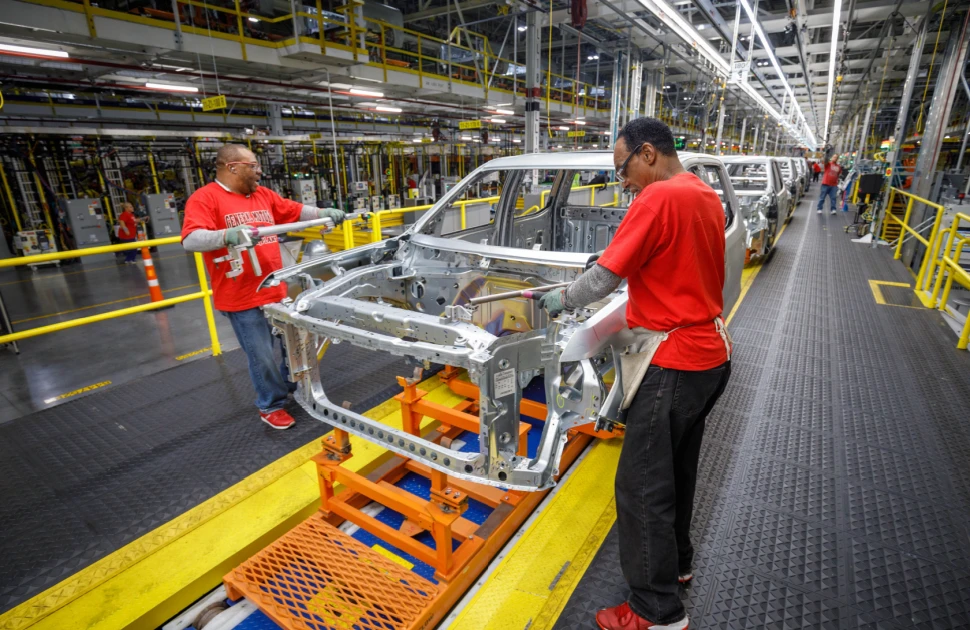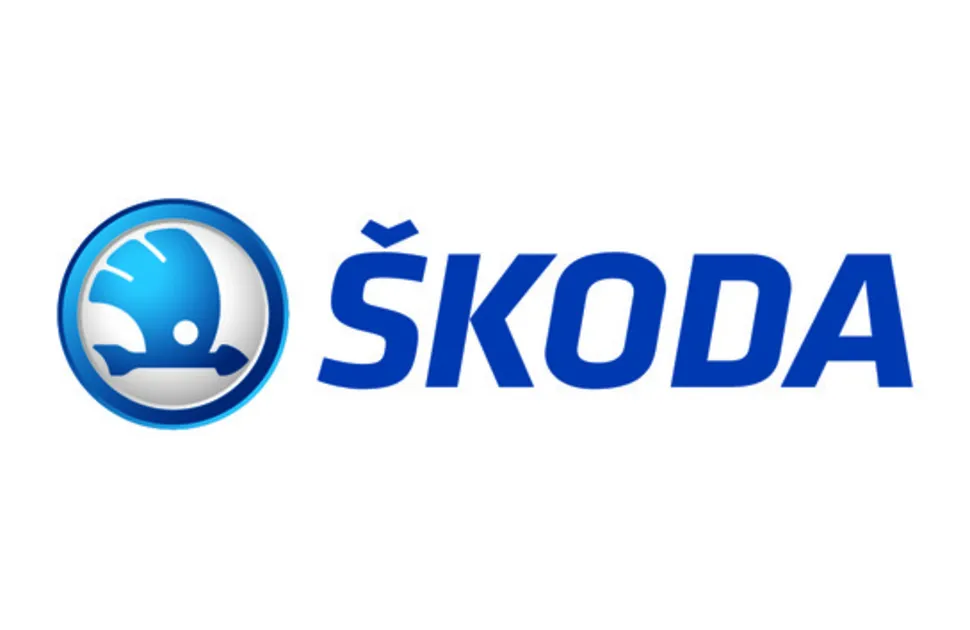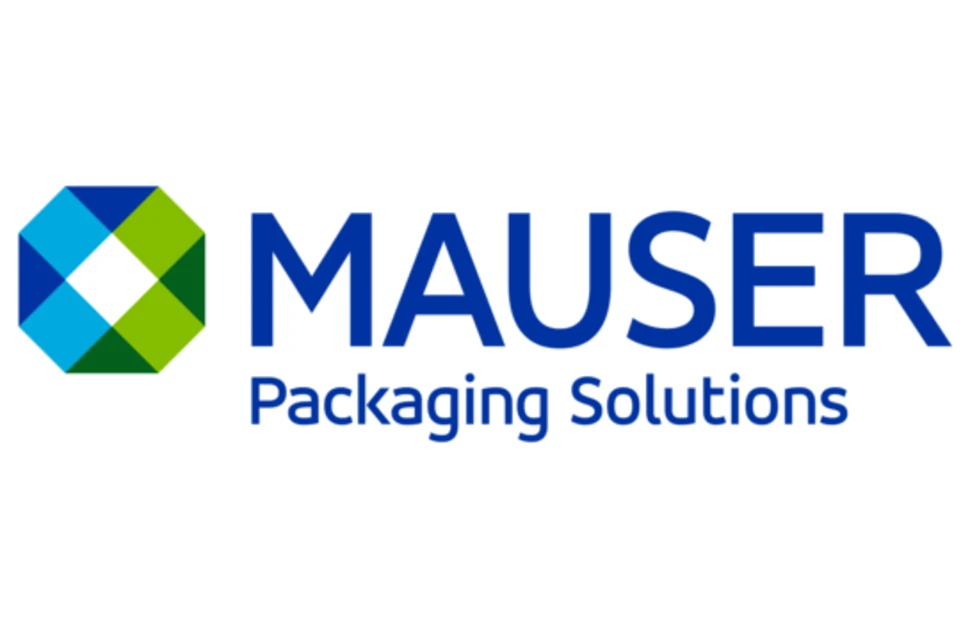US auto suppliers to feel effect of policy changes
Suppliers of steel to the United States’ automotive sector may benefit from stable to growing demand in 2026, despite reduced electric car demand and a forecast decline in overall vehicle sales.
On October 14, General Motors (GM) said that a removal of the US government’s USD7,500 tax break on EV purchases would be reflected in a USD1.6 billion reduction in its quarter three earnings. In the previous quarter, GM blamed a USD1.1bn impairment on the effect of President Trump’s tariffs on its supply chain.
Automotive manufacturers are attempting to adapt their strategies to a new regulatory environment. The loss of consumer incentives on EVs, at a time when elevated interest rates continue to undermine consumer confidence, will harm sales. Carmakers now want vehicle emissions targets to be relaxed, allowing them to refocus on combustion-engined cars and trucks.
- This article was first published in the October edition of MEPS's International Steel Review. The monthly report provides subscribers with steel prices, indices, market commentary and forecasts from key global steel markets in North America, Europe and Asia. Contact MEPS for details of how to subscribe.
S&P Global recently raised its US light-vehicle sales forecast for 2025 from 15.7m units, to 16.1m units. That volume would mark three consecutive years of growth. This is largely due to purchases that were brought forward in anticipation of the inflationary effect of tariffs and the removal of EV incentives.
US light vehicle sales grew by 3.8% year-on-year in September, according to Ward’s Intelligence data. EVs recorded a record market share of 12% in the period. However, sales are now forecast to decline by around 5%, to 15.3m, in 2026.
Nonetheless, President Trump’s 25% tariffs on automotive imports, which prompted a 38% decline in vehicle imports in April and has significantly reduced them in the months that followed, could boost US auto manufacturers a larger share of their domestic market.
Falling steel prices influence contract negotiations
MEPS respondents in the US said that steel deliveries to the automotive sector were stable during October. In its recent quarter three financial report, Cleveland Cliffs said its automotive volumes were up 10%. However, hot dipped galvanised coil prices remain under pressure, declining by USD10-40 per short ton to their lowest level since January. This will not support steel prices in steelmakers’ contract negotiations with automotive OEMs.
The newly published worldsteel Short Range Outlook report does not cite automotive as a growth driver for US steel consumption in 2026. Instead, it attributes its projection of a 1.8% year-on-year increase to pent-up demand in residential construction and private investment, easing financing conditions, and reduced uncertainty. Next year’s projected growth follows a prediction that US steel consumption will grow by 1.8% this year.
Europe’s automotive sector is also facing a number of challenges, most notably reduced demand. During the first half of 2025, EU car production fell by 2.8% year-on-year, to just under six million units, according to the trade association, ACEA.
Rising costs and subdued demand have prompted the EU’s second-largest carmaker, Stellantis, to begin production stoppages of up to three weeks at seven production sites, during October. JLR, meanwhile, was forced to pause production for over a month following an August 31 cyber attack. The cost of JLR’s stoppages, at sites in the United Kingdom, Slovakia, India, and Brazil, is estimated at GBP1.9bn (USD2.53bn). Half that loss was suffered by suppliers.
According to worldsteel, the near-term growth prospects of the EU are centred on defence spending. It forecasts that investment in the sector, alongside increased infrastructure spending, will deliver a 3.8% year-on-year uptick in steel consumption in 2026. That follows an expectation of 1.3% growth this year.
Market readjustment prompts more positive outlook
The long-term outlook for automotive-derived US steel demand is more positive than its near-term future. S&P Global forecasts that 2026 will be followed by two further years of growth. The shift towards the production of more steel-intensive petrol and hybrid models should help to increase demand.
President Trump’s automotive import tariffs and focus on reshoring industry are also attracting investment into the sector.
MEPS has previously reported on Hyundai and Posco’s joint venture in a new steel mill in Louisiana, to produce steel for the automotive sector. This is part of a larger USD5.8bn project.
Earlier this month, Stellantis announced its plan to invest USD13bn in its US operations over the next four years. This is the OEM’s largest investment in its 100-year history in the US. It will fund production of an all-new petrol engine and the addition of more than 5,000 jobs.

Source:
International Steel Review
The MEPS International Steel Review is an essential monthly publication, offering professional analysis and insight into carbon steel prices around the world.
Go to productRequest a free publication





